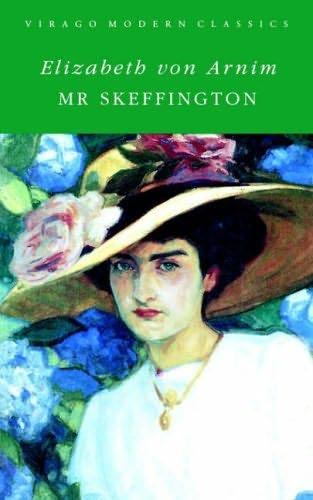
The lively writer Dodie Smith can be read again and again without pall, but only her classic novel,
I Capture the Castle, and her children's book,
The Hundred and One Dalmations, are in print. Therefore, I was thrilled to find
The Town in Bloom, a 1965 novel, at a sale. it’s amazing when a rare book like this turns up . Some public libraries have a severe weeding policy - a banner at our library practically says, NO ‘60s POP FICTION AVAILABLE -and this book is, indeed, an ex-library book.
I’ve read
I Capture the Castle eight or nine times, and once carried it as a talisman when I taught at a school that didn’t hire substitutes and had to proctor my classes during a bout of laryngitis. When students approached, I looked so glazed and threateningly germy that they took turns scrawling my notes on the board, fetched me cups of lukewarm tea, and allowed me to read my Smith comfort book. (Later I disinfected it and passed it around. I’m afraid
I Capture the Castle may have been more popular than anything I assigned.) I have never met anyone who was less than charmed by Smith’s characters and blithe voice. The young, dreamy narrator, Cassandra, an aspiring writer, writes droll sketches in her diary of her family life in a dilapidated castle. “I write this sitting in the kitchen sink,” she begins.
The Town in Bloom is very stagy, so if you’re interested in the theater, you’ll enjoy it. It begins with a luncheon. LIke the author, the narrator, Mouse, is an amusing dilettante writer and a former aspiring actress; one minute she aches to finish writing a book, the next she decides she'd prefer to paint. Her wry viewpoint charms us from the beginning. When her eccentric friend Lilian, a former actress, invites three old theater friends to lunch by dramatically placing a personals ad in
The Times, Lilian, Mouse, and Molly are the three who show up. But when Mouse glimpses an old woman on a park bench who might be the missing Zelle, she embarks on a taxi chase across London.
The novel is quite charming, though Mouse is not as interesting as Cassandra. The luncheon forms a frame for the book: Mouse's narration of an unforgettable period of their youth makes up the main story. At 18, the stagestruck Mouse moves to London. Although she cannot find a job as an actress - she is told again and again that she is a bad actress - she lives in a club for actresses and artists where she meets Lilian and Molly, who act in musical comedies. When Mouse lands a job at a prestigious theater as a secretary, she learns the business of the theater. Unfortunately, when she understudies for an understudy, she turns a drama into a comedy and infuriates the actors. She also falls for the famous actor/manager Rex Crossway.
Some scenes are extremely entertaining. The three meet Zelle on a rainy afternoon when they park their suitcases and handbags at a NO-VACANCY boarding house while they search for a cheap place to stay. Then they forget where the boarding house is (they can't even find the street). In desperation they finally dash out of the pouring rain into an unlocked empty house to use the telephone. While nervously drying off, they tour the house, and when Zelle finds them she is instantly amused, helps them find their boarding house in a taxi, and then treats them to dinner. (She pretends at first that she has a gun, but isn't afraid because she has eavesdropped on them and finds them hilarious.)
Some scenes are flat, but others show her dramatic flair (Smith was also a playwright).
I Capture the Castle is the better novel, but I’m also enjoying this mildly. The cover flap, to which one should never pay attention, informed me: “The unusual little heroine’s freshness of outlook recalls that of Cassandra in
ICTC, but Mouse is a more fully developed character with a deeper knowledge of life.” When I finish I’ll let you know. Smith fans might be disappointed; theater fans might like it.

















